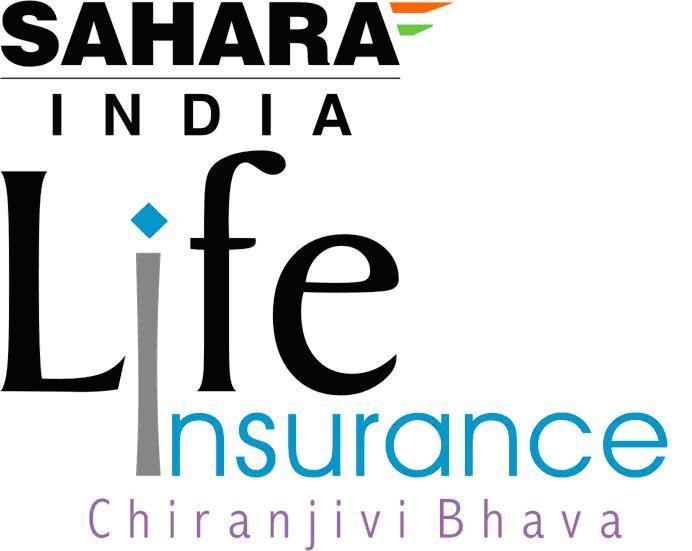Know About Kisan Vikas Patra (KVP) Scheme
Are you looking for a secure and long-term savings option that caters to the needs of rural and semi-urban investors, like you? If yes, then look no further! Our blog is your go-to resource for learning everything you need to know about the Kisan Vikas Patra (KVP) scheme.
Whether you are new to the world of investment or seeking a comprehensive understanding of this government-backed savings initiative, we've got you covered. Here, you will get to know all the basics of the Kisan Vikas Patra.
Table of Contents
- What is Kisan Vikas Patra (KVP)?
- Different Account Types Under the KVP Scheme
- How to Invest in the KVP Scheme?
- Eligibility Criteria for the KVP Scheme
- Documents Required for Enrolling in KVP Yojana
- Other Important Details
- Why Invest in Kisan Vikas Patra Scheme?
- Encashment of Kisan Vikas Patra
- Conclusion
- Frequently Asked Questions
What is Kisan Vikas Patra (KVP)?

Kisan Vikas Patra (KVP) is a long-term savings scheme offered by the Government of India. This scheme is aimed at promoting savings among rural and semi-urban populations, particularly farmers.
KVP scheme involves a lump sum investment with a fixed tenure, typically 10 years or more, and offers an interest rate determined by the government. The interest rate under the KVP scheme tends to be higher than regular savings accounts. Moreover, the interest is compounded annually, and upon maturity, the invested amount along with accrued interest is returned to the investor.
KVP certificates are provided as physical proof of investment and can be used as collateral for loans or transferred to another person. While the Kisan Vikas Patra scheme doesn't offer tax benefits, the interest earned is taxable as per the investor's income tax bracket.
Different Account Types Under the KVP Scheme
The Kisan Vikas Patra (KVP) Scheme offers three different types of accounts:
- Joint A Type: In this account, a KVP certificate is issued in the name of two adults. If the account matures, both account holders will receive the payout. However, if one account holder passes away, the benefit would be given to the surviving account holder.
- Joint B Type: Here, a KVP certificate is issued in the names of two adults. In contrast to Joint A type accounts, if the account reaches maturity, the payout goes to the surviving account holder or one of the two account holders.
- Single Holder Type: In this type of account, a KVP certificate is allocated to a single adult. An adult can also take this certificate on behalf of a minor, in which case the certificate will be issued in the minor's name.
How to Invest in the KVP Scheme?
Here's how you can put your money into the Kisan Vikas Patra scheme offline:
Step 1: Go to the post office and ask for the KVP application form, which is known as Form-A.
Step 2: Fill out the form accurately with all the necessary information and submit it.
Step 3: If you're taking the help of an agent, you'll need to fill out and submit Form-A1.
Step 4: Give a copy of one of your identity proofs as part of the KYC (Know Your Customer) process.
Step 5: After they've checked your documents and you've paid the required amount, they will give you a KVP Certificate.
NOTE: You can also get this certificate through email if you've provided your email address.
Eligibility Criteria for the KVP Scheme
Here are the conditions an applicant needs to meet for the Kisan Vikas Patra scheme:
- Applicant must be a resident of India
- Applicant needs to be at least 18 years old
- Adults can apply for this scheme on behalf of a minor
Documents Required for Enrolling in KVP Yojana
To avail of the benefits of the Kisan Vikas Patra Yojana 2023, you will be required to submit the following documents:
- Properly filled out Form A, which should be submitted at an India Post Office branch or one of the authorized banks.
- If you're applying with the help of an agent, make use of Form A1.
- To prove your identity, you can use documents like your Aadhaar Card, PAN Card, Passport, Voter ID, Driving License, or other KYC documents.
Other Important Details
Other crucial details relating to KVP Yojana are as follows:
1. Nomination
Certificate holders, whether single or in joint ownership, can choose a nominee by filling out Form C when they purchase the certificate. This nominee will become eligible for the certificate's benefits in the event of the sole holder's or both joint holders' death.
For certificates held on behalf of a minor, nominations can still be made. In such cases, any existing nomination can be canceled or revised by the certificate holder or holders, using Form D.
If no nomination is made during purchase, the single holder, joint holders, or surviving joint holder can nominate someone by completing Form C and submitting it to the issuing post office. This can be done at any time before the certificate matures.
2. Premature Withdrawl
Investors have the flexibility to make premature withdrawals from the Kisan Vikas Patra scheme, but there are specific conditions to consider:
- Withdrawals within the first year will not earn any interest, and a penalty will be levied according to scheme regulations.
- Withdrawals made between 1 to 2.5 years will earn interest but at a lower rate.
- After 2.5 years, premature withdrawals are penalty-free and attract interest at the applicable rate.
Why Invest in Kisan Vikas Patra Scheme?
KVP scheme not only provides an attractive interest rate but also a handful of additional advantages that are as follows:
1. Assurance of Returns
With the backing of the Indian government, KVP assures a profitable return on your investment over the long term. Upon the scheme's completion, investors can count on a guaranteed maturity benefit, which encompasses their accumulated funds.
2. Protection Against Financial Uncertainties
Since KVP is a government-initiated scheme, it is immune to the volatility of the market. This means that you will have complete financial security. KVP certificates are available in denominations of Rs.1000, Rs.5000, Rs.10,000, and Rs.50,000, and there is no upper limit on the maximum amount of investment.
3. Attractive Tenure
Kisan Vikas Patra offers a fixed tenure of 9 years and 10 months (118 months). The principal amount invested doubles in approximately 9 years and 4 months. After the scheme's maturity, you can withdraw your funds, and interest will continue to accumulate until you choose to do so.
4. Loan Access with KVP
One appealing feature of KVP is that you can use your Kisan Vikas Patra certificate as collateral for obtaining a secured loan. What makes this even more appealing is the relatively low-interest rate applicable to such loans.
5. Hassle-Free Nomination
KVP simplifies the nomination process. To nominate a beneficiary, you can easily obtain a nomination form from the post office and fill it out. In the case of a minor nominee, you will need to submit their birth certificate and specify their date of birth.
Encashment of Kisan Vikas Patra
To cash in a Kisan Vikas Patra (KVP) Certificate, you can visit the same Post Office where you initially acquired it. If you need to encash it at a different Post Office, there are specific procedures to follow.
When encashing a KVP, you should provide the identity slip given when you received the certificate. A written request, along with the identity slip, should be submitted to the relevant Post Office.
If you wish to withdraw the principal amount before the maturity date, it's possible but only after 2 years and 6 months from the date of purchase.
Early encashment of KVP is permitted under certain circumstances, which are mentioned below.
- On the court’s order
- Upon the death of the KVP scheme holder or any of the holders in case of joint KVPs
- On forfeiture by a Gazetted Officer or a pledge
Conclusion
The Know About Kisan Vikas Patra(KVP) Scheme is a smart way to save your money with the government's backing. You invest a sum, let it grow with interest, and then, after a certain time, you get back more money than you invested. It's safe and secure, free from market ups and downs. Plus, you can withdraw early if needed and even use it as collateral for a loan. All these things together make KVP a solid choice for those looking to grow their savings with peace of mind.
Frequently Asked Questions
Ques 1. What is Kisan Vikas Patra scheme?
Ans. KVP stands for Kisan Vikas Patra, a government-backed savings scheme.
Ques 2. How does KVP work?
Ans. KVP involves investing a certain amount for a fixed period, and your money grows with interest. After a specified time, you get back more than you invested.
Ques 3. Is Kisan Vikas Patra scheme safe?
Ans. Yes, KVP is considered safe because it's backed by the government, and your money is not subject to market risks.
Ques 4. Can I withdraw my money early?
Ans. Yes, you can withdraw your money before the maturity date, but this is only possible after 2 years and 6 months from the date of purchase.
Ques 5. Can I use KVP as collateral for a loan?
Ans. Yes, you can use your KVP certificate as security for a loan, and the interest rate on such loans is typically lower.
Also Read: Pros and Cons of PNB Metlife Century Plan




























